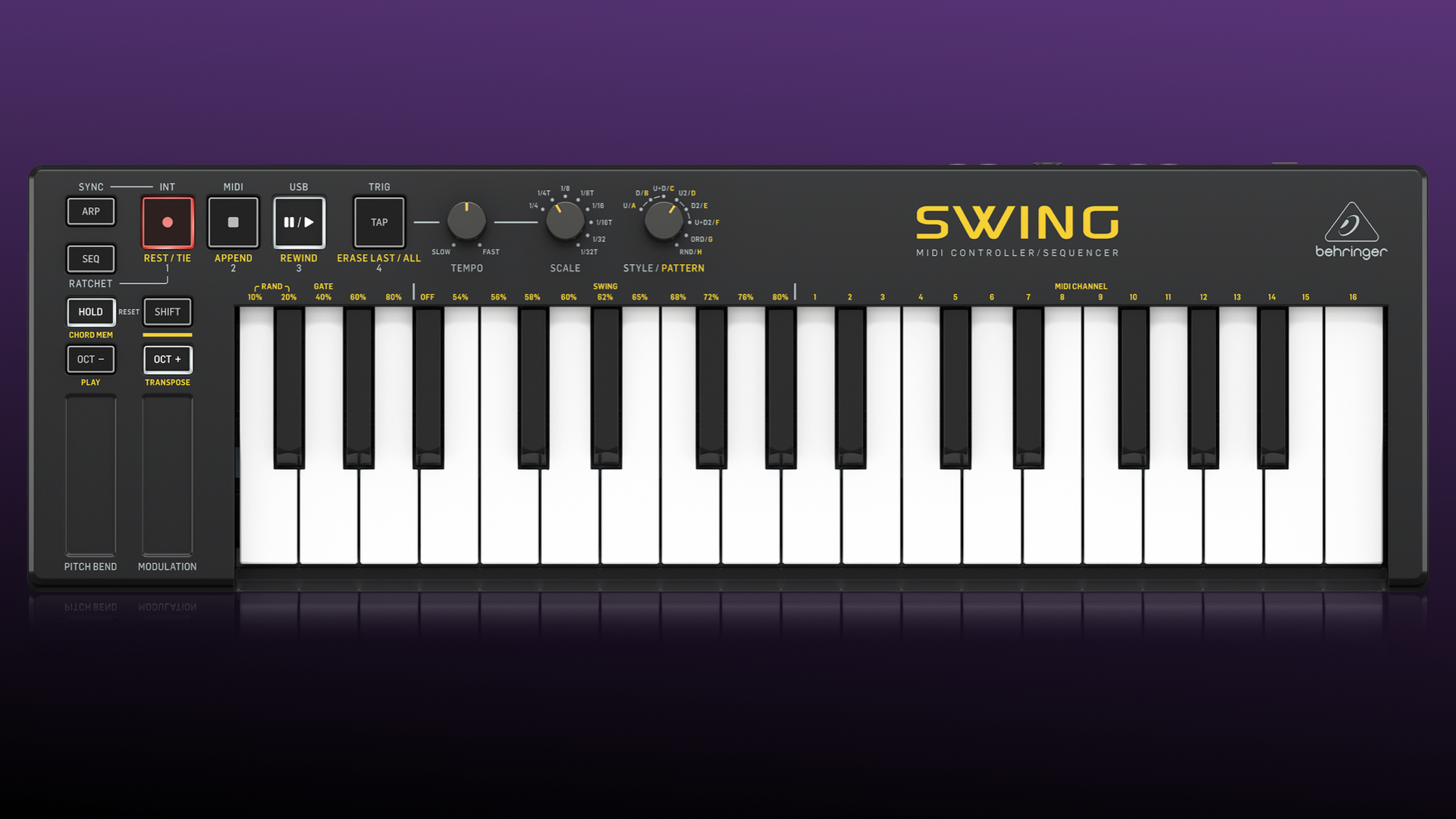You need to be clear on exactly what a copyright can do.
From this US government website.
What does copyright protect ?
Copyright, a form of intellectual property law, protects original works of authorship including literary, dramatic, musical, and artistic works, such as poetry, novels, movies, songs, computer software, and architecture. Copyright does not protect facts, ideas, systems, or methods of operation, although it may protect the way these things are expressed.
Apple fought Microsoft long and hard on this copyright “way things are expressed” part, and you can judge for yourself how well they did, looking at a Mac and at a Windows or various Linux GUIs. BTW: Apple borrowed the ideas for the original Mac, i know because i was there. That’s why they had a nearly impossible case.
( Apple also fought Samsung much later, and did better with that on some technical grounds, but let’s avoid an iPhone / Android debate. )
Arturia could try this with Behringer on the Keystep / Swing issue, but the simple fact that Behringer reversed the order of the controls, likely on the instructions of their lawyers, would make copyright enforcement on this, at least in the USA, impossible. Notice with the DFAM / Edge Behringer’s controls while largely the same are scrambled in relative position, and the wording is changed around. “Play/Stop” instead of “Run/Stop”. That would all help derail a copyright infringement suit.
BTW: “Computer Software” above often means the text of the source code, as if it were the text in a book, not the functional result.





